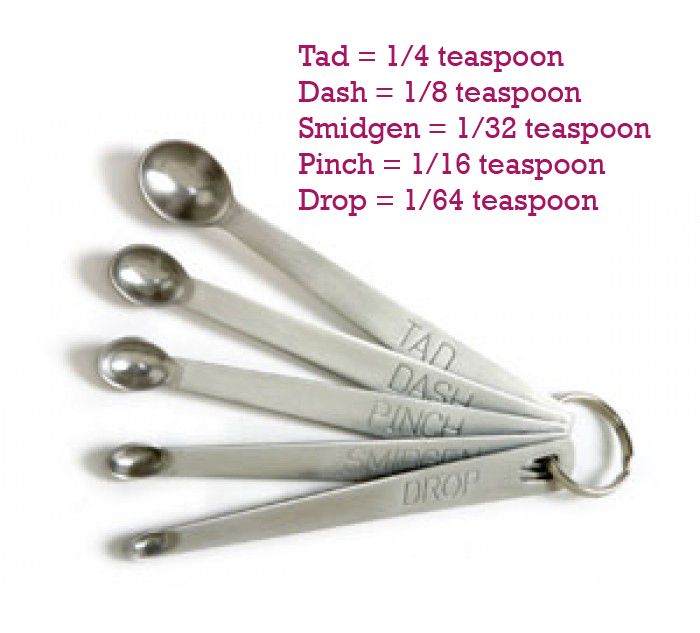Introduction to Fractions and 1/8
Fractions are a fundamental concept in mathematics that represent a part of a whole. They are typically written in the form a/b, where a is the numerator (the number of parts) and b is the denominator (the total number of equal parts the whole is divided into).One particular fraction that is commonly used is 1/8, which represents one part out of eight equal parts. Understanding the value of 1/8 and how it relates to other fractions and whole numbers is essential for various mathematical operations and real-world applications.In this article, we will explore the meaning of 1/8, its representation, and how to convert it to other forms, such as decimals and percentages. We will also discuss how to perform basic operations with 1/8 and provide examples of its practical uses.
Understanding 1/8
1/8 is a fraction that represents one part out of eight equal parts. It can be visualized by dividing a whole into eight equal parts and selecting one of those parts. For example, if you have a pizza and cut it into eight equal slices, each slice would represent 1/8 of the whole pizza.
Representing 1/8 on a Number Line
On a number line, 1/8 is located between 0 and 1/4. It is closer to 0 than to 1/2, as 1/8 is a smaller fraction compared to 1/4 and 1/2.
Comparing 1/8 to Other Fractions
1/8 is smaller than 1/4, 1/2, and 3/4, but larger than 1/16. It can be compared to other fractions by finding a common denominator or by converting both fractions to decimals or percentages.
Converting 1/8 to Other Forms
1/8 can be converted to other forms, such as decimals and percentages, to better understand its value.
Converting 1/8 to a Decimal
To convert 1/8 to a decimal, we divide the numerator by the denominator:1 ÷ 8 = 0.125Therefore, 1/8 is equal to 0.125 in decimal form.
Converting 1/8 to a Percentage
To convert 1/8 to a percentage, we multiply it by 100:1/8 × 100 = 12.5%Therefore, 1/8 is equal to 12.5% in percentage form.
Basic Operations with 1/8
Basic operations, such as addition, subtraction, multiplication, and division, can be performed with 1/8 using the rules of fractions.
Adding and Subtracting 1/8
To add or subtract fractions with the same denominator, we add or subtract the numerators and keep the same denominator:1/8 + 1/8 = 2/8
3/8 – 1/8 = 2/8
Multiplying 1/8
To multiply a fraction by a whole number or another fraction, we multiply the numerators and multiply the denominators:1/8 × 3 = 3/8
1/8 × 1/2 = 1/16
Dividing 1/8
To divide a fraction by a whole number or another fraction, we multiply the first fraction by the reciprocal of the second fraction:1/8 ÷ 3 = 1/8 × 1/3 = 1/24
1/8 ÷ 1/2 = 1/8 × 2/1 = 2/8 = 1/4
Practical Applications of 1/8
1/8 is commonly used in various contexts, such as:
Cooking and Baking
Recipes often call for ingredients to be measured in fractions, such as 1/8 teaspoon of salt or 1/8 cup of sugar.
Carpentry and Construction
Measurements in construction often involve fractions, such as 1/8 inch increments on a ruler or tape measure.
Probability and Statistics
In probability, 1/8 can represent the likelihood of an event occurring if there are eight equally likely outcomes, such as rolling an 8 on a standard six-sided die.
Art and Design
In art and design, 1/8 can be used to create patterns, proportions, or layouts, such as dividing a canvas into eight equal parts.
Summary Table
| Fraction | Decimal | Percentage |
|---|---|---|
| 1/8 | 0.125 | 12.5% |
For more information on fractions and their properties, you can refer to the Wikipedia page on Fraction (mathematics).
Frequently Asked Questions (FAQ)
What is the value of 1/8?
1/8 is a fraction that represents one part out of eight equal parts. Its decimal value is 0.125, and its percentage value is 12.5%.
How do I add or subtract fractions with the same denominator?
To add or subtract fractions with the same denominator, add or subtract the numerators and keep the same denominator. For example, 1/8 + 1/8 = 2/8.
How do I multiply a fraction by a whole number or another fraction?
To multiply a fraction by a whole number or another fraction, multiply the numerators and multiply the denominators. For example, 1/8 × 3 = 3/8.
How do I divide a fraction by a whole number or another fraction?
To divide a fraction by a whole number or another fraction, multiply the first fraction by the reciprocal of the second fraction. For example, 1/8 ÷ 1/2 = 1/8 × 2/1 = 2/8 = 1/4.
Where is 1/8 commonly used?
1/8 is commonly used in cooking and baking (e.g., 1/8 teaspoon), carpentry and construction (e.g., 1/8 inch increments), probability and statistics (e.g., likelihood of an event with eight equally likely outcomes), and art and design (e.g., dividing a canvas into eight equal parts).
How do I compare 1/8 to other fractions?
You can compare 1/8 to other fractions by finding a common denominator or by converting both fractions to decimals or percentages. For example, 1/8 is smaller than 1/4 and 1/2 but larger than 1/16.This comprehensive guide provides a thorough understanding of 1/8, its representation, conversion to other forms, basic operations, and practical applications. By mastering the concepts related to 1/8, you will be well-equipped to work with fractions in various mathematical and real-world contexts.



